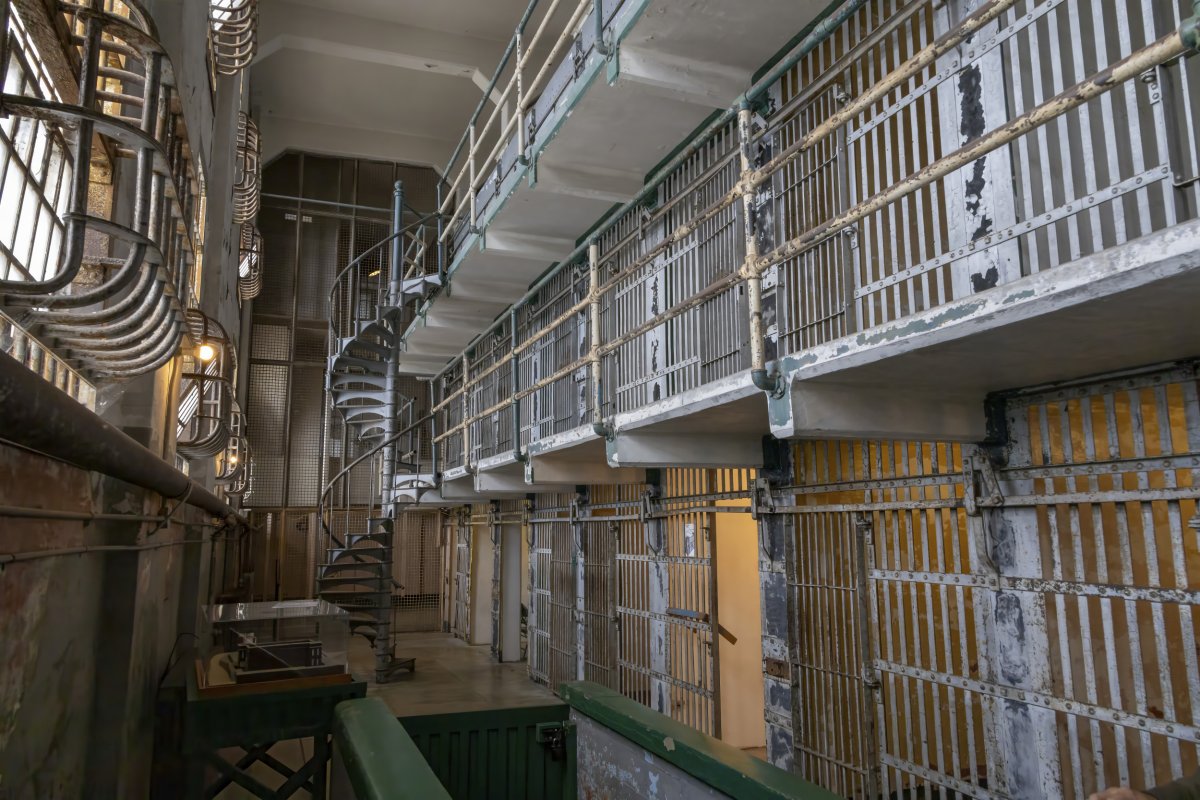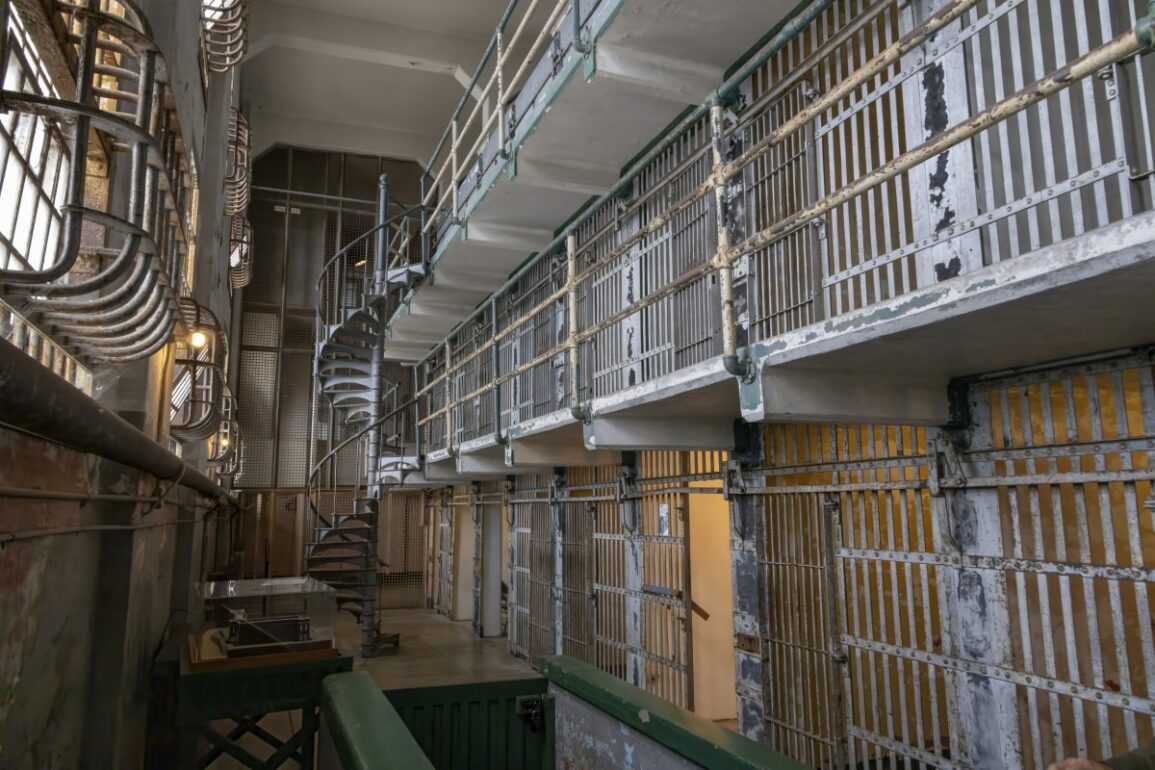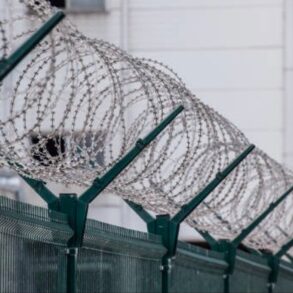Alcatraz Island, long closed as a federal prison and now one of San Francisco’s most visited tourist sites, may see a revival of its darker past.
President Donald Trump announced plans on Sunday to reopen the infamous facility as a maximum security prison, writing on Truth Social that it’s a measure to incarcerate the nation’s “most ruthless and violent offenders.”
What Is Alcatraz Prison?
Alcatraz is a small island in the San Francisco Bay. The name is derived from “Alcatraces,” named by Spanish explorers in 1775, according to the Federal Bureau of Prisons (BOP).
The site evolved into a military fortification. In 1969, the Indians of All Tribes occupied Alcatraz for 19 months in the name of freedom and Native American civil rights, per the National Parks Service.
Later, it was transferred to the U.S. Department of Justice for use by the Federal Bureau of Prisons.
Known as “The Rock,” it housed notorious criminals, including Al Capone and George “Machine Gun” Kelly. Alcatraz’s isolation, surrounded by currents, made escape difficult. Most escapees were caught or did not survive.

A cell block in Alcatraz, the infamous prison located on an island in San Francisco Bay.
John Twynam/Getty Images
When Was the Prison Established?
The U.S. Department of Justice received the site in 1933 and formally opened it as a maximum-security prison. It operated for nearly three decades, during which time it held 1,576 inmates. It closed in 1963.
“It’s a sad symbol, but it’s a symbol of law and order,” Trump told the media. “And it’s got quite a history, frankly.”
Why Was Alcatraz Closed?
High operating costs and aging infrastructure plagued Alcatraz. By the early 1960s, federal officials deemed the facility unsustainable. San Francisco’s then-Attorney General Robert F. Kennedy ordered the prison closed on June 23, 1962, citing its vulnerability to escapes and steep maintenance expenses.
Alcatraz prisoners cost $13 per day to house, more than 2.5 times the $5 per day average in the entire federal prison system, according to The San Francisco Chronicle.
Why Does Donald Trump Want to Reopen Alcatraz?
Trump outlined his plan in a Truth Social post on May 4, ordering the Federal Bureau of Prisons to reopen and “substantially enlarge and rebuild” Alcatraz to detain what he called “America’s most ruthless and violent offenders.”
He described the effort as symbolic, writing, “The reopening of ALCATRAZ will serve as a symbol of Law, Order, and JUSTICE.”
Trump’s post added: “When we were a more serious Nation, in times past, we did not hesitate to lock up the most dangerous criminals, and keep them far away from anyone they could harm. That’s the way it’s supposed to be.”
A spokesperson for the Bureau of Prisons said in a statement to the Associated Press that the agency “will comply with all Presidential Orders.”
Potential Challenges With Reopening the Prison
Reopening Alcatraz presents some logistical and financial hurdles. According to the Bureau of Prisons, the island’s remoteness requires resources for transportation, maintenance, and staffing. Past estimates indicated that operation costs are higher than those of land-based prisons, which is part of the reason the facility closed in the first place.
Capacity is another major obstacle. Alcatraz was originally built to house a maximum of 336 inmates. With over 1.2 million incarcerated in U.S. prisons as of 2023, per the Bureau of Justice Statistics, reopening such a small facility may provide minimal systemic relief.
Trump’s proposal also comes amid some federal budget constraints and previous staffing cuts to the National Park Service, which maintains the island as a historic site.
While Trump’s push to revive Alcatraz fits within his broader law-and-order rhetoric, its implementation, should it proceed, faces a complicated future shaped by cost, capacity, and public scrutiny.
This post was originally published on this site be sure to check out more of their content.









